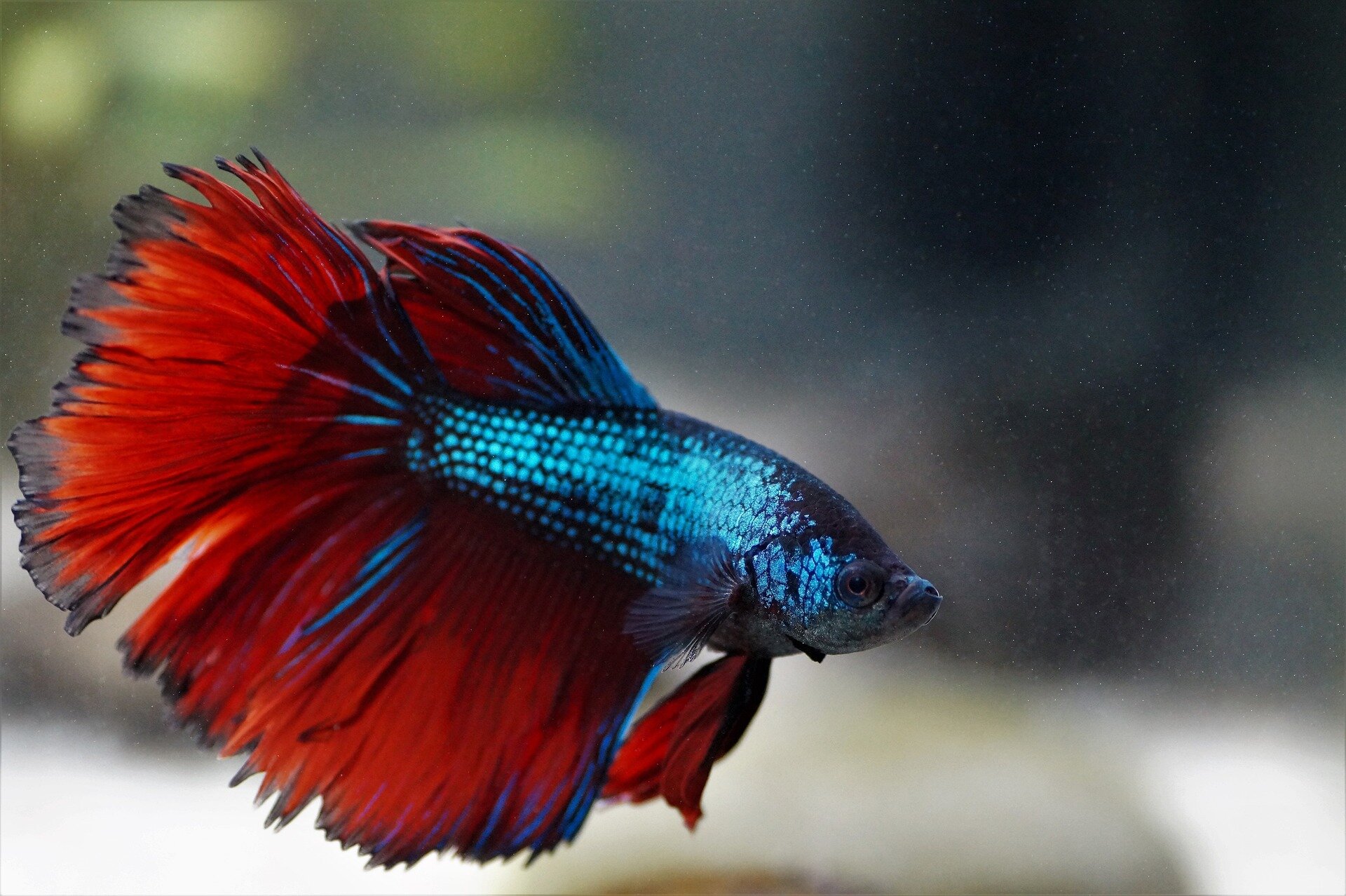Fight For The Fish
Are you aware of the current crisis involving our marine life? Every year, millions of fish are caught, sold, and served on plates worldwide. But with the demand for seafood increasing each year, we are slowly depleting our oceans. This is where the fight for the fish begins.
Pain Points
Overfishing is the biggest pain point in the fight for the fish. Due to modern fishing methods, such as trawling and longlining, and the enormous amount of demand for fish in the market, certain species of fish are becoming endangered. Illegal fishing, often done by pirate fishing boats, further contributes to this problem.
Target
The fight for the fish aims to protect marine life and secure the sustainability of our oceans for future generations. It encourages individuals, organizations, and governments to take action to preserve marine ecosystems.
Summary of Main Points
The fight for the fish addresses the pain points of overfishing and illegal fishing practices. Its target is to secure the sustainability of marine life and ecosystems for future generations. We need to take action to protect our oceans from further depletion.
The Importance of Sustainable Fishing
I grew up in a small coastal town where fishing was a significant part of the town's economy. However, as I got older, I realized that the fishing industry was slowly deteriorating due to overfishing and illegal practices. Sustainable fishing is crucial to preserve our oceans and the livelihood of fishing communities worldwide. It involves regulations and practices that ensure the fish populations are maintained at healthy levels, allowing for long-term harvesting.
In 2011, Hugh Fearnley-Whittingstall, a well-known chef and writer, launched a campaign called "Hugh's Fish Fight" to address the problems of overfishing and wasteful discards in the fishing industry. This campaign brought attention to the issue, resulting in policy changes in Europe and other countries to reduce discards and ensure sustainable fishing practices.
The Impact of Consumer Choices
Consumers play a significant role in the fight for the fish. By choosing sustainably caught fish and avoiding endangered species, we can reduce the demand for overfished species and help preserve marine ecosystems. Additionally, by supporting organizations and companies that prioritize sustainability, we can encourage more responsible fishing practices.

One company that has contributed to the fight for the fish is Fish and Chip Catering. They use only sustainably caught fish in their dishes, and they have taken steps to reduce waste and energy consumption in their operations.
Consumer Awareness
Consumer awareness is crucial to make informed choices and support sustainable fishing practices. Organizations like Greenpeace, Sea Shepherd, and FishWise educate consumers about sustainable fishing and offer tools to help identify sustainable seafood options.
Illegal Fishing and Its Consequences
Illegal fishing is a significant contributor to the depletion of our oceans. It often involves fishing without permits or beyond legal limits, using destructive fishing practices, and disregarding conservation measures. These practices pose a severe threat to marine life and the sustainability of fishing communities.
Recently, technology has been used to combat illegal fishing practices. Satellite monitoring, vessel monitoring systems, and other tracking technologies provide real-time data to identify and prevent illegal fishing practices.
Regulation and Enforcement
Regulation and enforcement are vital to combat illegal fishing practices. Governments and organizations worldwide have implemented policies and regulations to protect marine life and ecosystems and penalize illegal fishing activities. However, more needs to be done to ensure that these regulations are enforced effectively.
Question and Answer
1. What are the consequences of overfishing?
Overfishing can lead to the depletion of certain fish populations, causing imbalances in marine ecosystems. It can also lead to the loss of livelihoods for fishing communities and negatively impact the fishing industry.
2. What is sustainable fishing?
Sustainable fishing aims to maintain healthy fish populations and ecosystems by using responsible fishing practices and maintaining healthy fish populations in the long term.
3. How can consumers contribute to the fight for the fish?
Consumers can support sustainable fishing practices and organizations by choosing sustainably caught fish and advocating for responsible fishing practices. They can also educate themselves and others about the issue.
4. What is illegal fishing, and what are its consequences?
Illegal fishing involves fishing without licenses or permits, disregarding conservation measures, and using destructive fishing practices. It can lead to the depletion of certain fish populations, imbalances in marine ecosystems, and negatively impact fishing communities worldwide.
Conclusion of the Fight for the Fish
The fight for the fish is an ongoing battle that requires the cooperation of individuals, organizations, and governments worldwide. It is crucial to secure the sustainability of our oceans and protect marine life for future generations. By taking action and making informed choices, we can all contribute to this critical cause.
Gallery
Learn To Fight Fish - FishtFight

Photo Credit by: bing.com / fishtfight
AMAZING Fish Fight!!! - YouTube

Photo Credit by: bing.com /
Hugh's Fish Fight Takes Tesco To Task | Life And Style | The Guardian
Photo Credit by: bing.com / fish fight hugh jan guardian
Fighting Fish Synchronize Their Combat Moves And Their Gene Expression

Photo Credit by: bing.com / betta pez luchador splendens siam cupang siamese kembung peces berkualitas memilih synchronize vive cabrilla myths eurekalert pesce misconceptions membedakan betina
Hugh Fearnley-Whittingstall - The Big Fish Fight Begins
Photo Credit by: bing.com / fish fight hugh big turkuaz butik aquaculture well supporters scroll known down profile other high sustainable